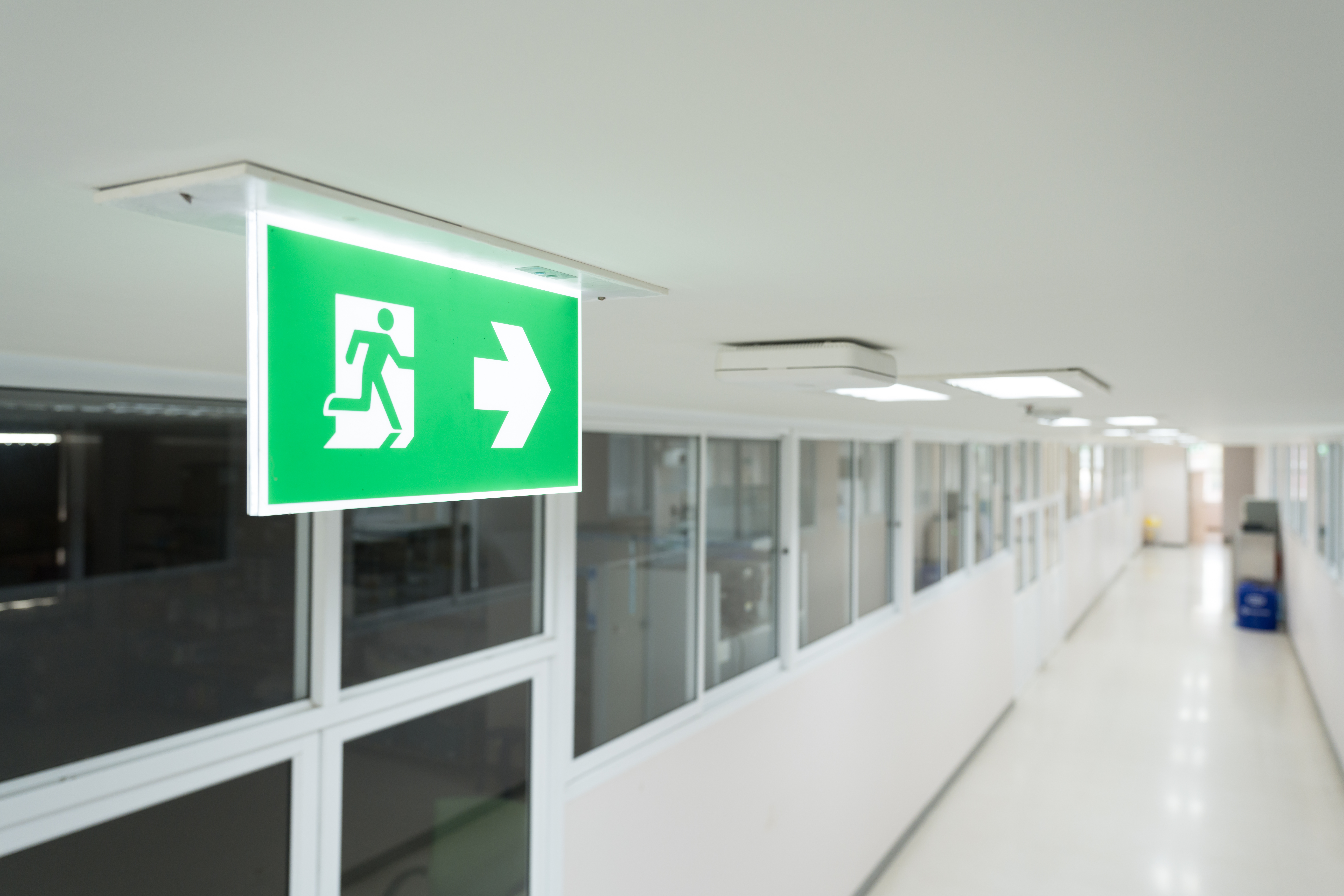Specific regulations and standards govern how all emergency lighting systems - whether standby lighting systems, self-contained or central battery unit - are tested to ensure they are functioning as intended, in accordance with the Fire Code of Canada
The owner or manager of the building has a legal responsibility to ensure a comprehensive risk assessment is conducted, acted upon, and continually updated, as mandated by Canadian laws and regulations.
Testing commences when a system is first commissioned after installation and is then performed periodically throughout the system's operational life to prevent failure and minimize the risk to life. To demonstrate compliance, records of all testing events must be kept as per the Canadian Electrical code 46-102.
1. Manual Testing
All Emergency Lighting Battery units (unit equipment), self-contained luminaires (stand-alone) can use a simple green LED to indicate that voltage is applied through the battery charge circuit. When the luminaire's test button is activated, it simulates a Hydro lighting failure, and the luminaire should light up. These tests are to be performed once monthly by depressing the test switch and once annually by closing the designated breakers according to the Fire Code of Canada, Inspection record books are managed manually and must be kept according to the Canadian Electrical Code section 46-102.
Emergency Lighting Battery units (unit equipment), self-contained luminaires (stand-alone) with automatic test (self-test) onboard continuously display battery and light source circuit status through LEDs. They automatically start monthly function and annual duration tests according to the Fire Code of Canada. This visual test eliminates the need to push a test button, which often requires the use of a ladder. Inspection record books are managed manually and must be kept according to the Canadian Electrical Code section 46-102.
2. Automated Testing
Automated testing, also known as "addressable test," "central addressable," and "emergency test and monitoring" systems, are gaining popularity in the Canadian emergency lighting market. Whether using centrally monitored emergency lighting or individual units, automatic testing and monitoring capabilities, notification functions, and remote/web access can be incorporated. Inspection record books are digitized, enabling automatic record-keeping and facilitating compliance with the Canadian Fire code and Canadian Electrical code. This feature provides end-users, building owners, and managers with peace of mind and minimizes the risks of liability.


.png)
.png)
.png)
